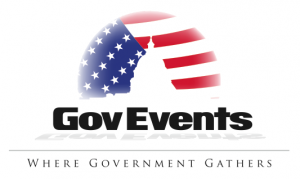 With college football season in full swing, we've gotten inspired by the age-old tradition of tailgating. Tailgating is closely tied to college football, but looking at the history, the first tailgates had nothing to do with sport.[Tweet "College football season is in full swing, take a look at the tradition of tailgating. #GovEventsBlog"] The first recorded tailgate in the U.S. may have occurred in mid-summer of 1861 in Manassas, Virginia, before Confederate forces and Union soldiers met in the First Battle of Bull Run. Civilians arrived at the battlefield in wagons loaded with wine, whiskey, and food. This is not unlike the party atmosphere that surrounded the late 18th century French guillotine executions during which people gathered to eat in the square near the scaffolds while the list of people to be executed was read.
With college football season in full swing, we've gotten inspired by the age-old tradition of tailgating. Tailgating is closely tied to college football, but looking at the history, the first tailgates had nothing to do with sport.[Tweet "College football season is in full swing, take a look at the tradition of tailgating. #GovEventsBlog"] The first recorded tailgate in the U.S. may have occurred in mid-summer of 1861 in Manassas, Virginia, before Confederate forces and Union soldiers met in the First Battle of Bull Run. Civilians arrived at the battlefield in wagons loaded with wine, whiskey, and food. This is not unlike the party atmosphere that surrounded the late 18th century French guillotine executions during which people gathered to eat in the square near the scaffolds while the list of people to be executed was read.
Today's tailgates may take place before less gory events, but the idea remains the same: people with a common interest gather together to share food and drink and talk about the event they are about to witness. While there may be many "I'll never do that again" personal lessons learned from tailgating, there are other things a successful tailgate can teach us about holding a fun and engaging event.[Tweet "Things a successful tailgate party can teach us about event planning. #GovEventsBlog"] Continue reading




